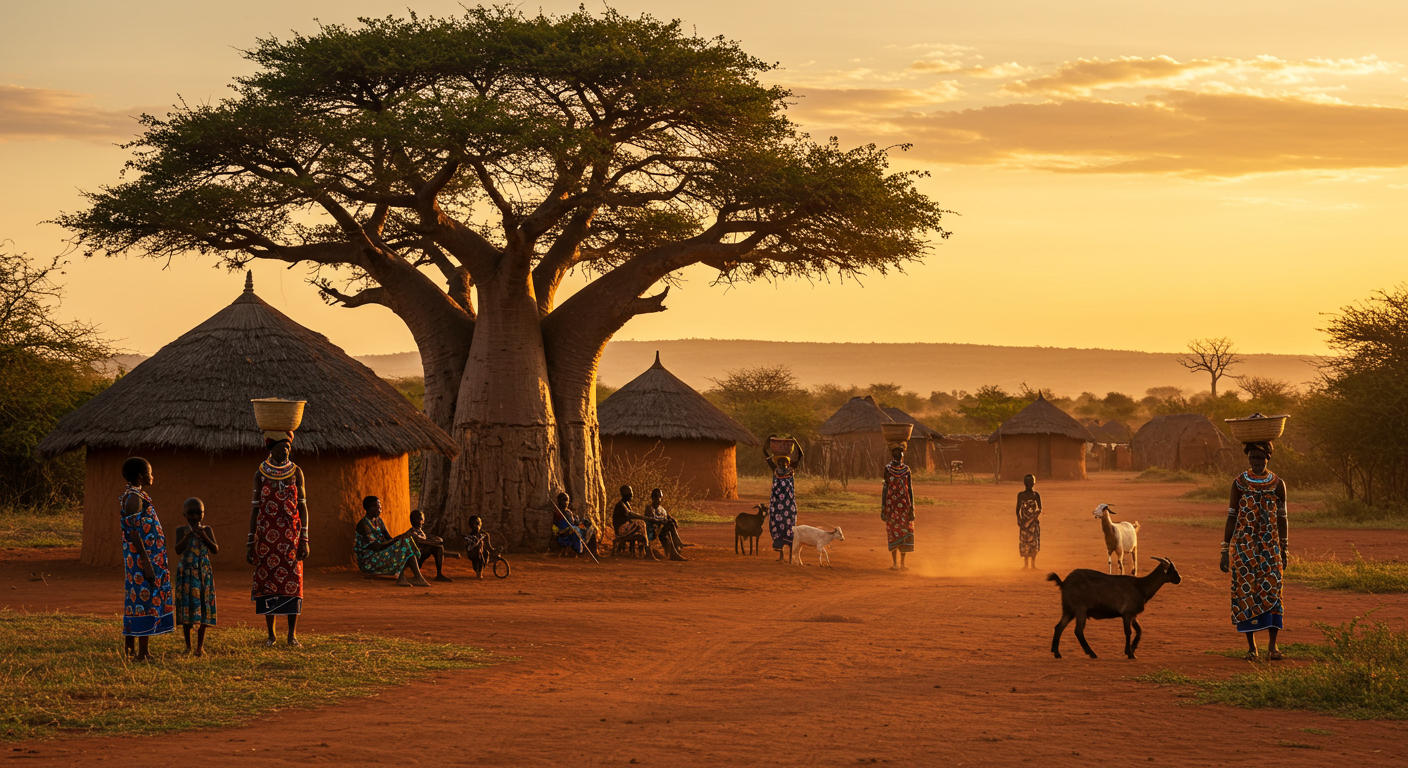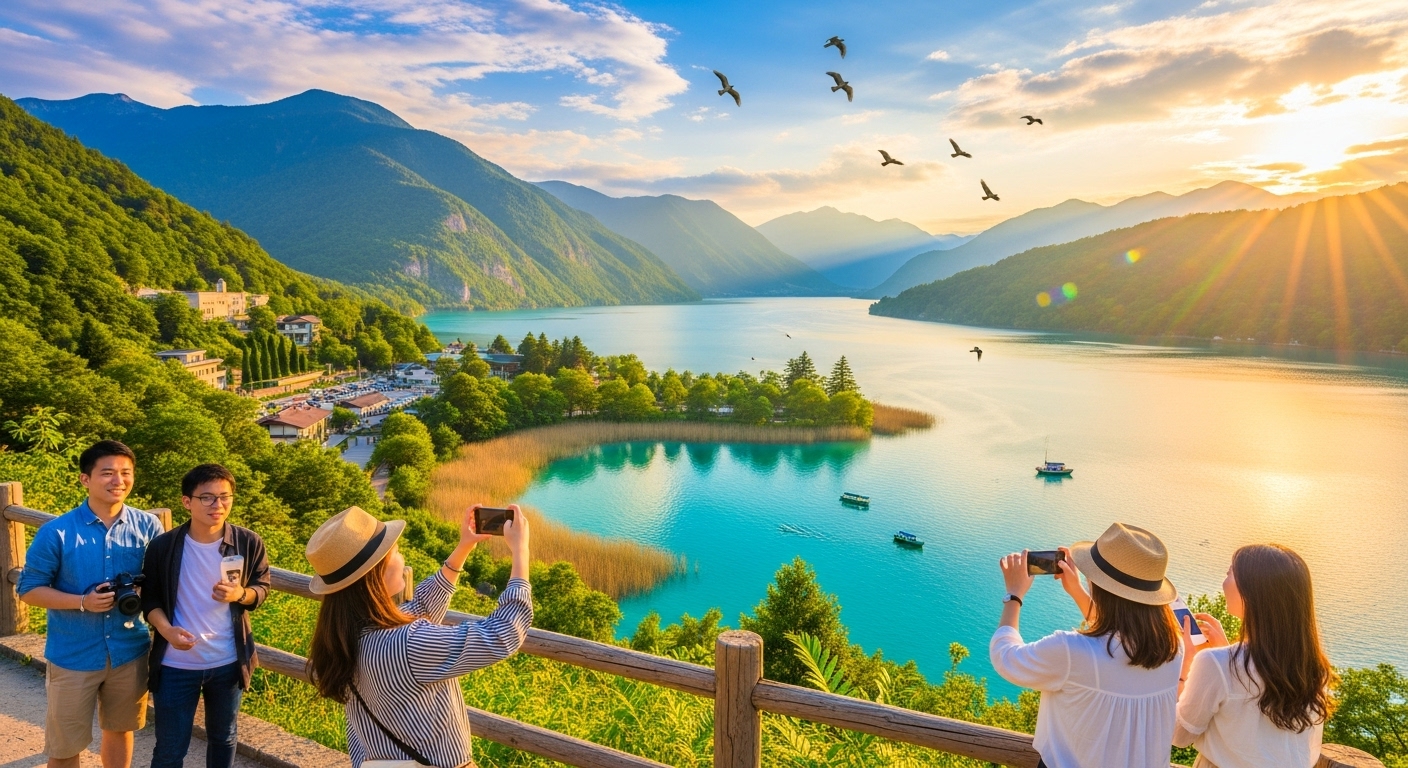The Mbaw clan, rooted in the fertile Mbaw Plain, thrives on agriculture and vibrant markets, despite challenges from farmer-grazer conflicts.

The Mbaw clan, rooted in the fertile Mbaw Plain, thrives on agriculture and vibrant markets, despite challenges from farmer-grazer conflicts.
Originating from Tikar migrations driven by succession disputes, the Mbaw clan settled in the fertile Mbaw Plain, becoming the second largest clan in Nwa Sub-Division with 14 villages: NGURI, NTEM, NWANTI, NGU, MBIRIKPA, NKING, NKWAT, NGOM-SABONGARI, NYURONG, NGOMKOW, JATOR-NGWEMBE, NGAMFE-KURT, and LIH.
Each village is led by a Fon, who maintains social order and preserves cultural heritage, ensuring the continuity of traditions across generations.
The Mbaw clan excels in agriculture, cultivating rice, corn, and palm for commercial and household use. Sabongari, a vibrant economic hub, hosts border, council, and cattle markets, an Islamic secondary school, and a Catholic mission hospital. One-phase electricity from Sop and well-maintained roads to Nigeria enhance trade and connectivity.

A fertile plain ideal for agricultural tourism.

Vibrant markets offering a cultural experience.
Farmer-grazer conflicts have escalated, causing violence, food shortages, and social fragmentation. Sustainable land management and conflict resolution are critical to restoring harmony and economic stability.
Stay updated with the latest news and events from MASU.